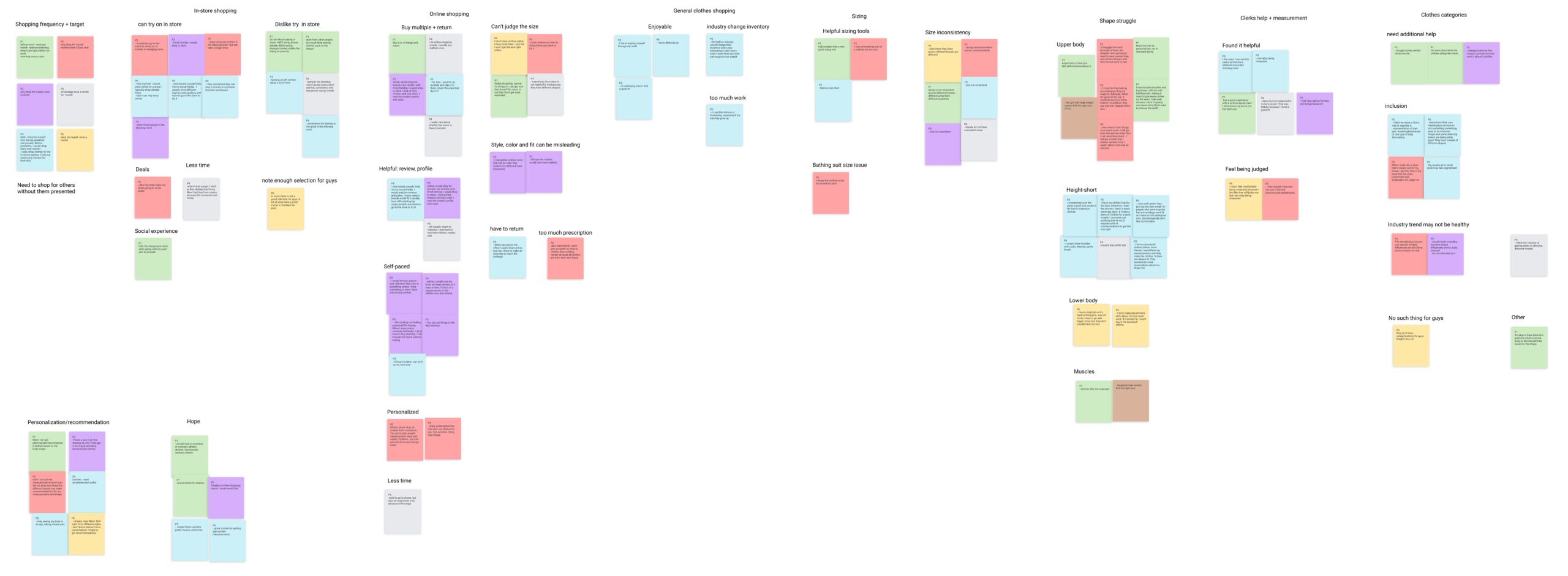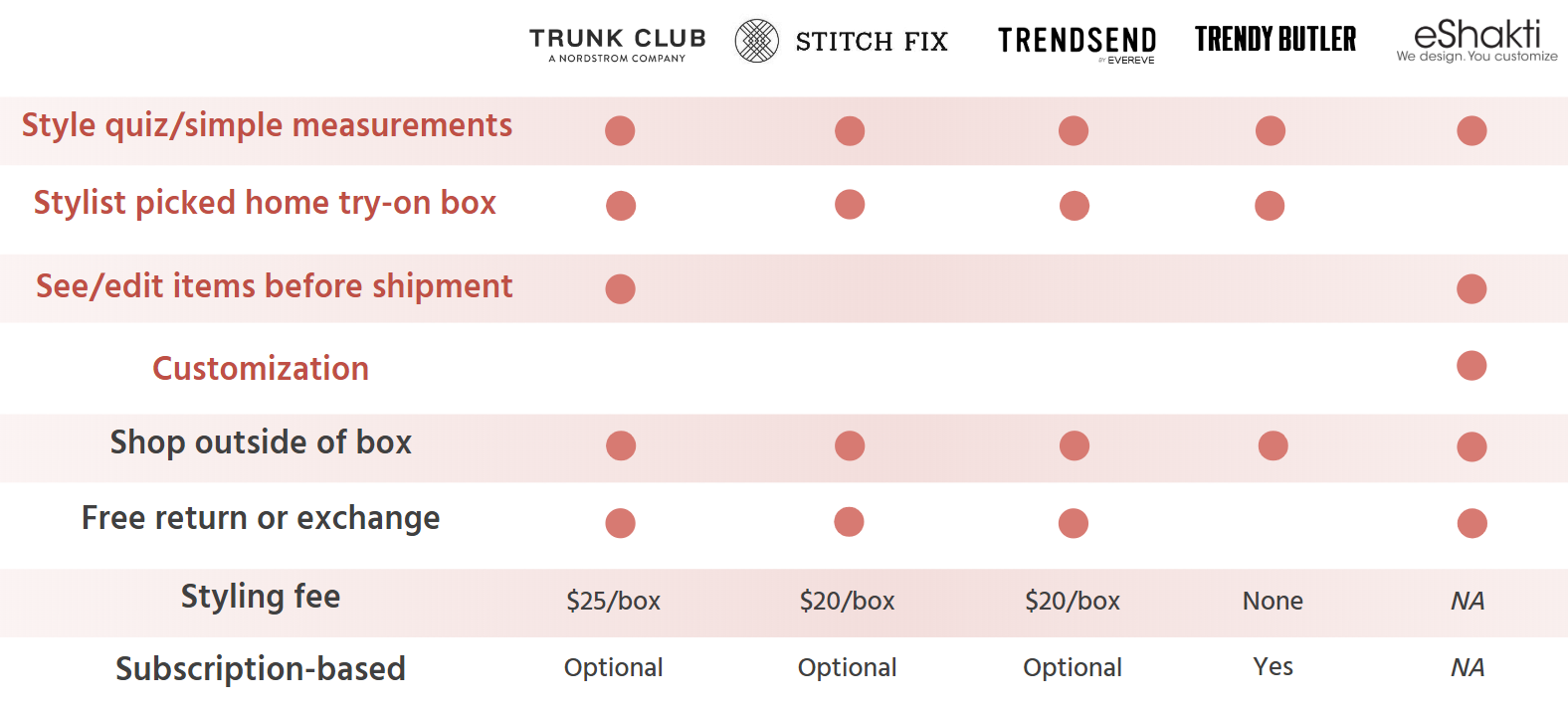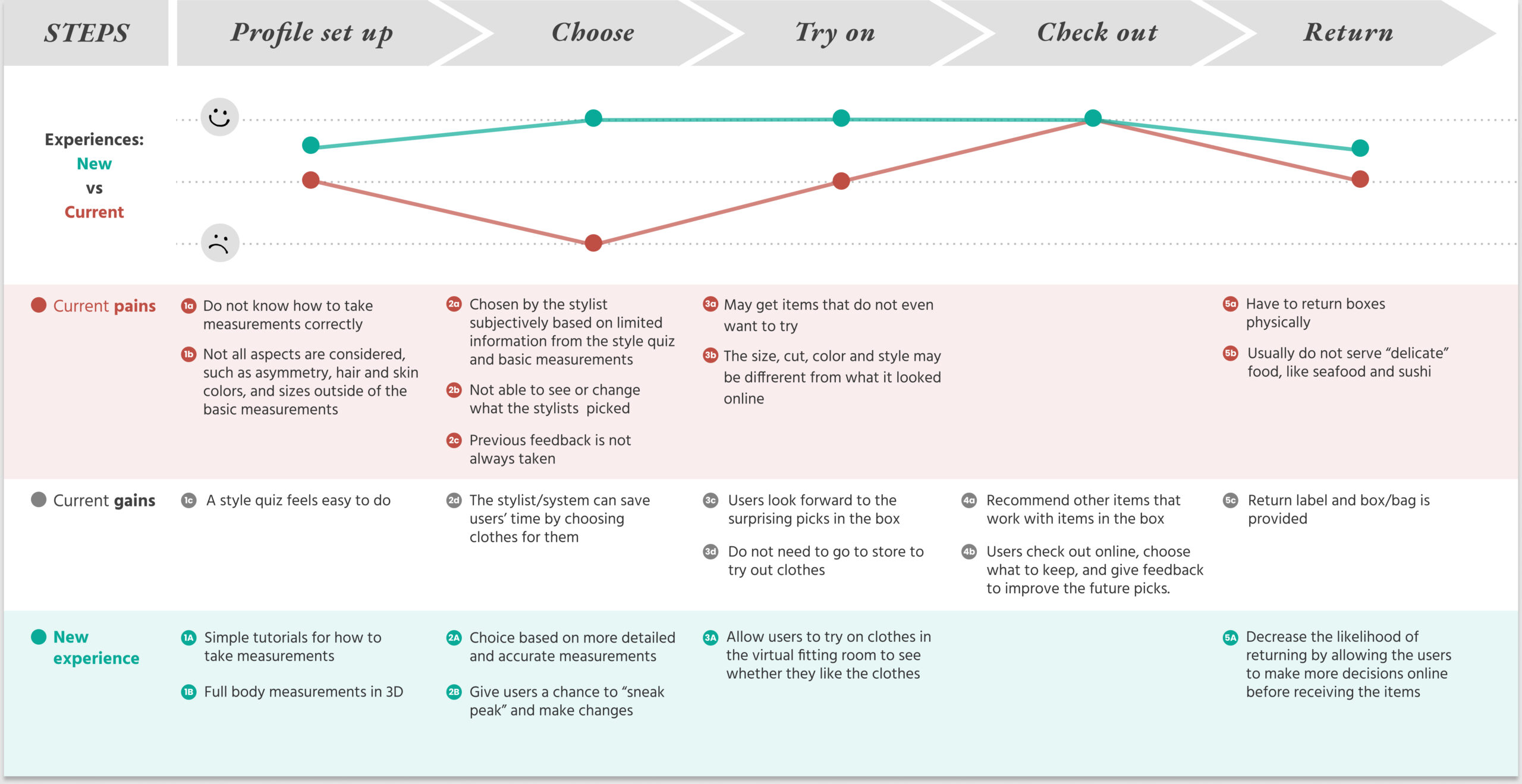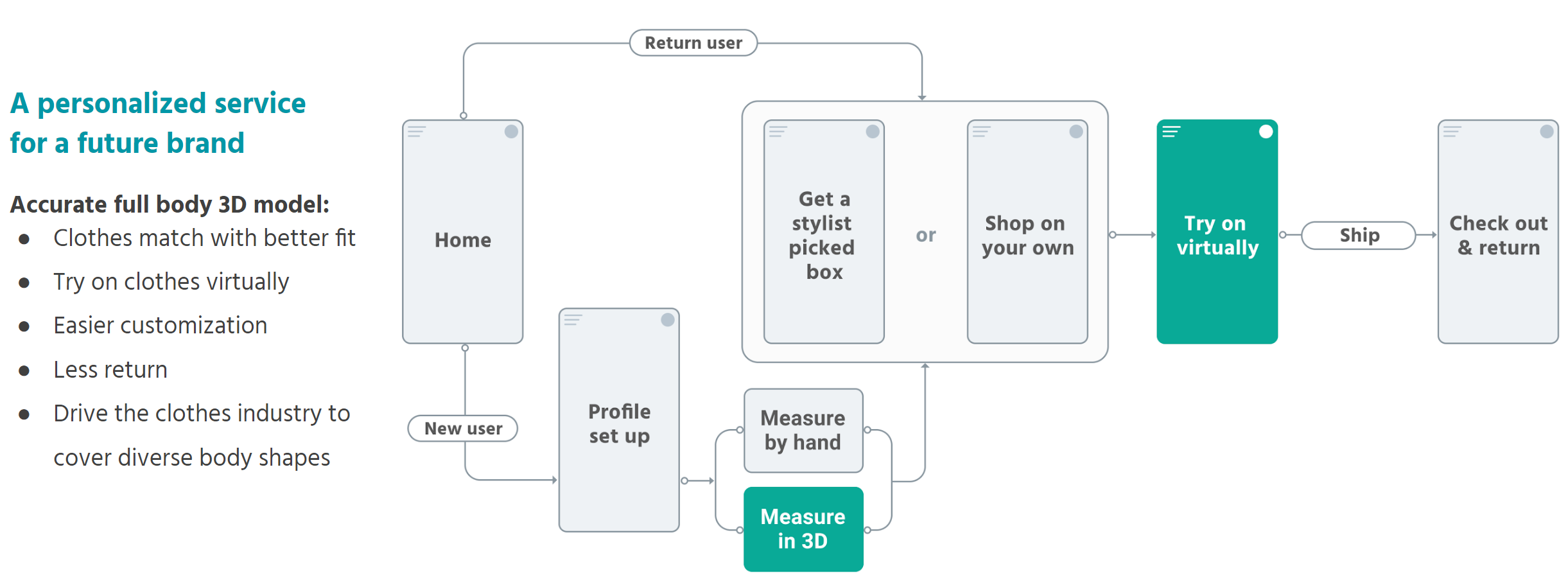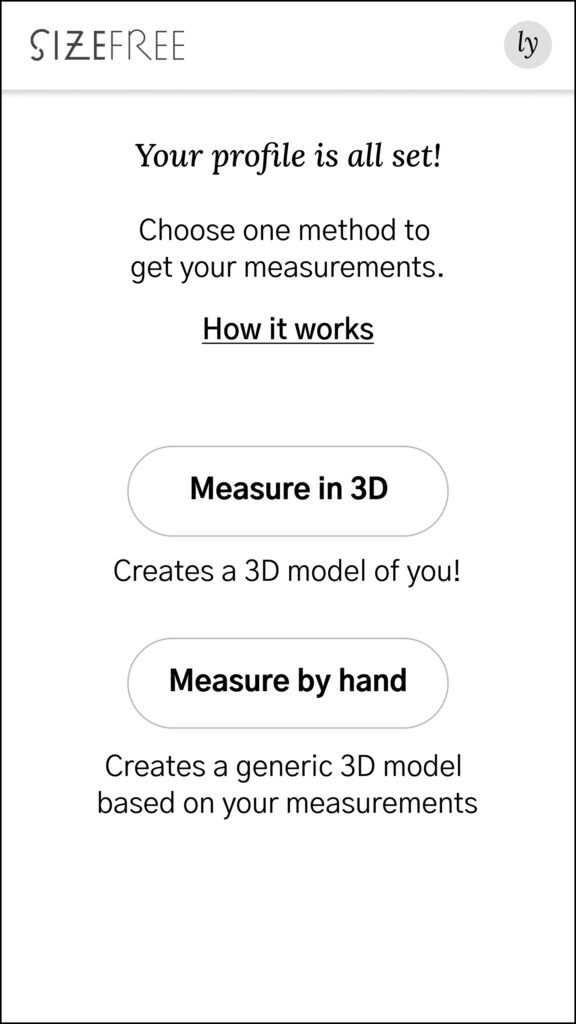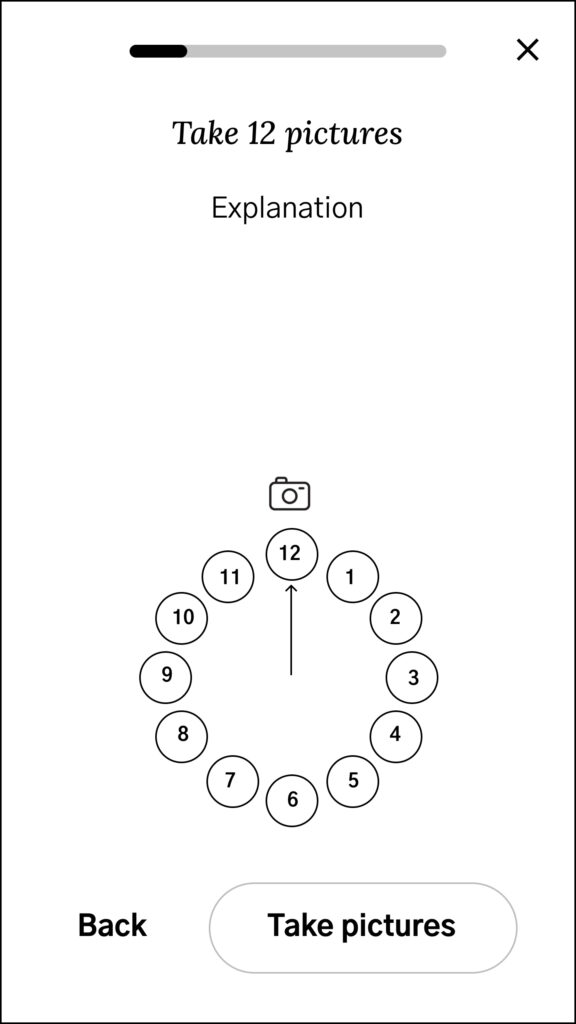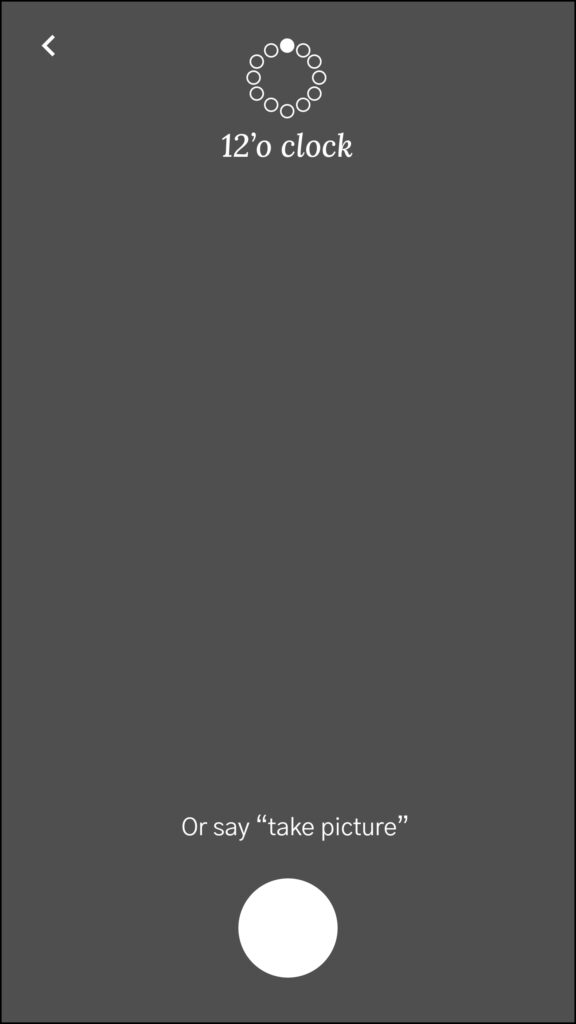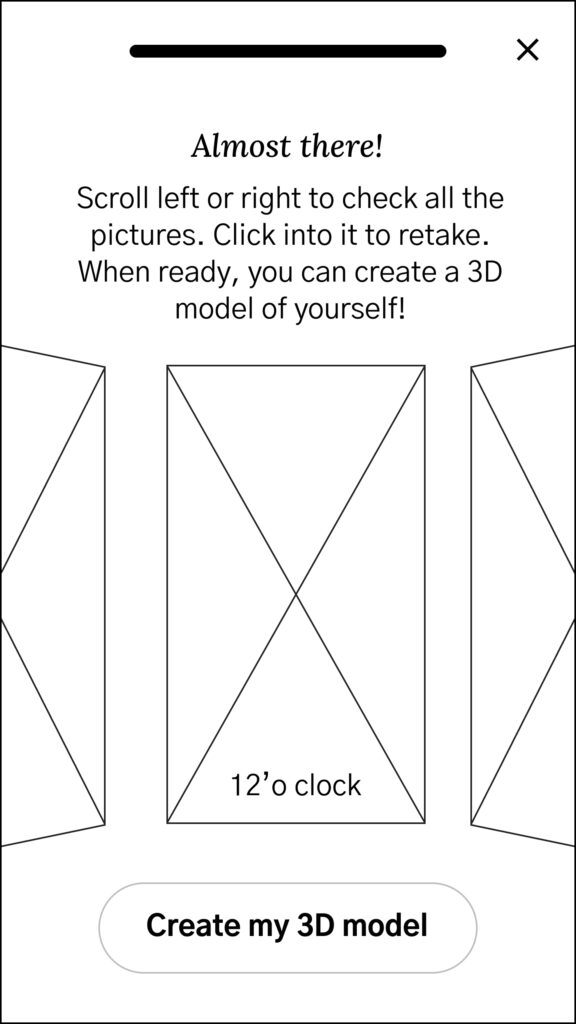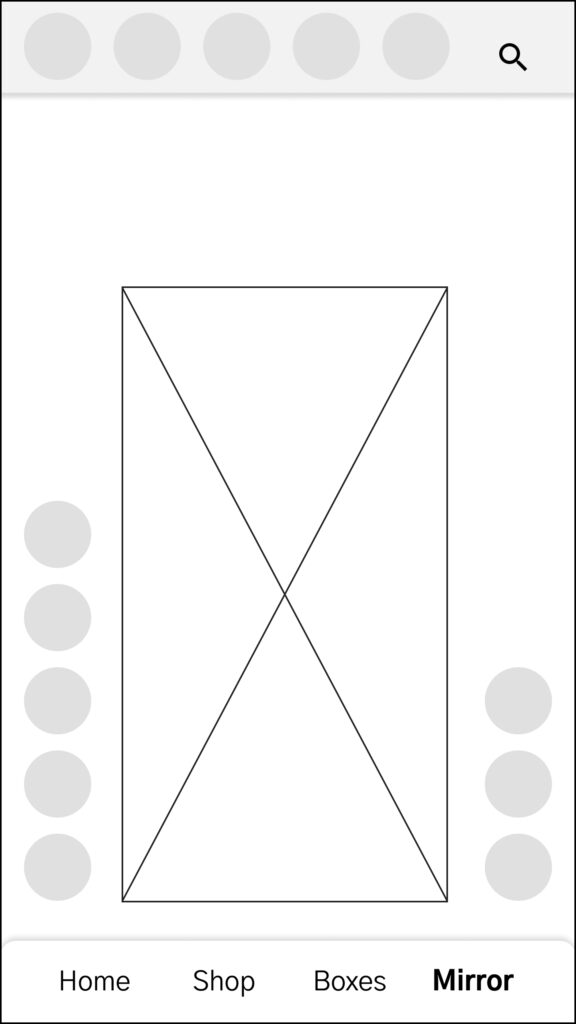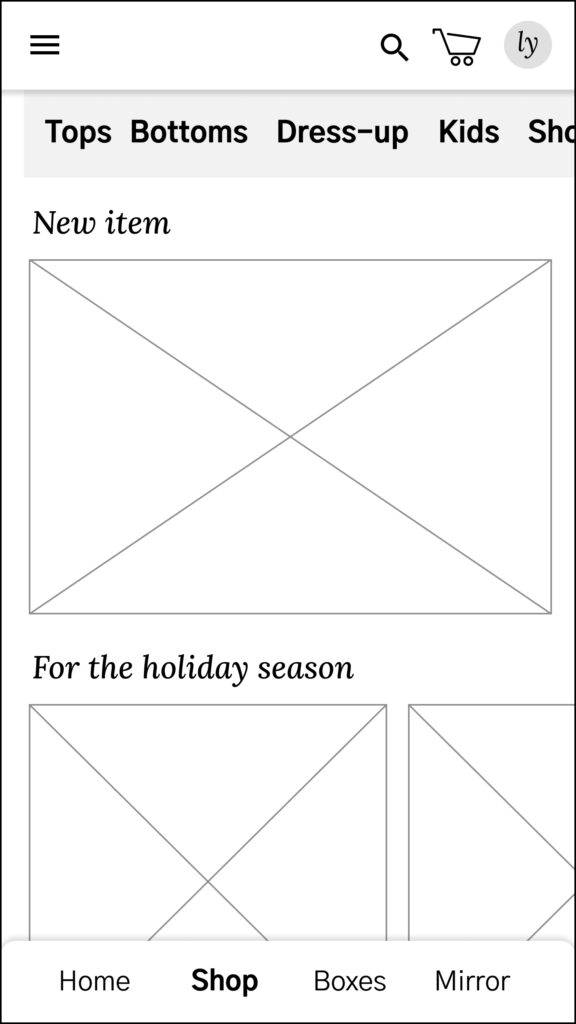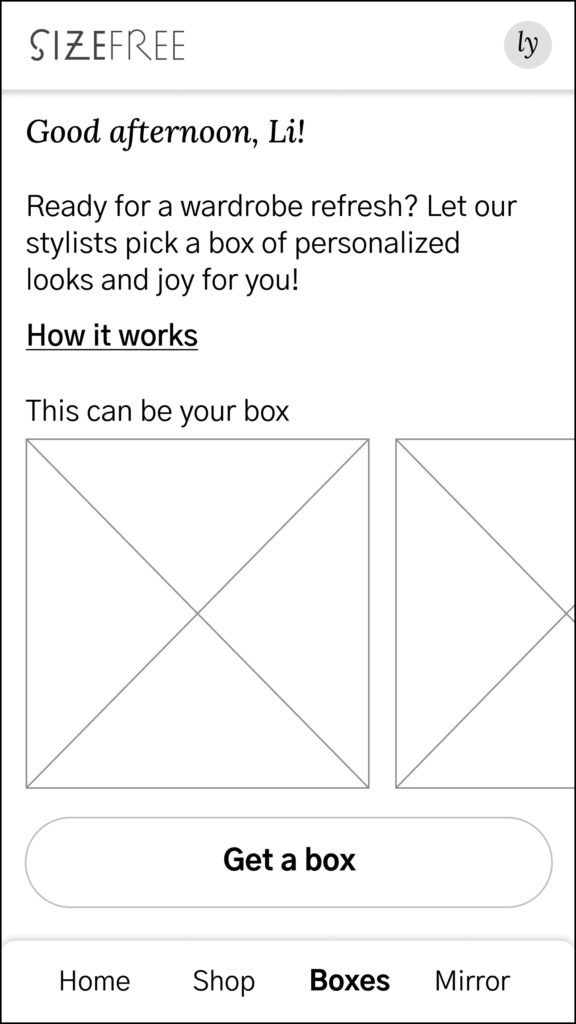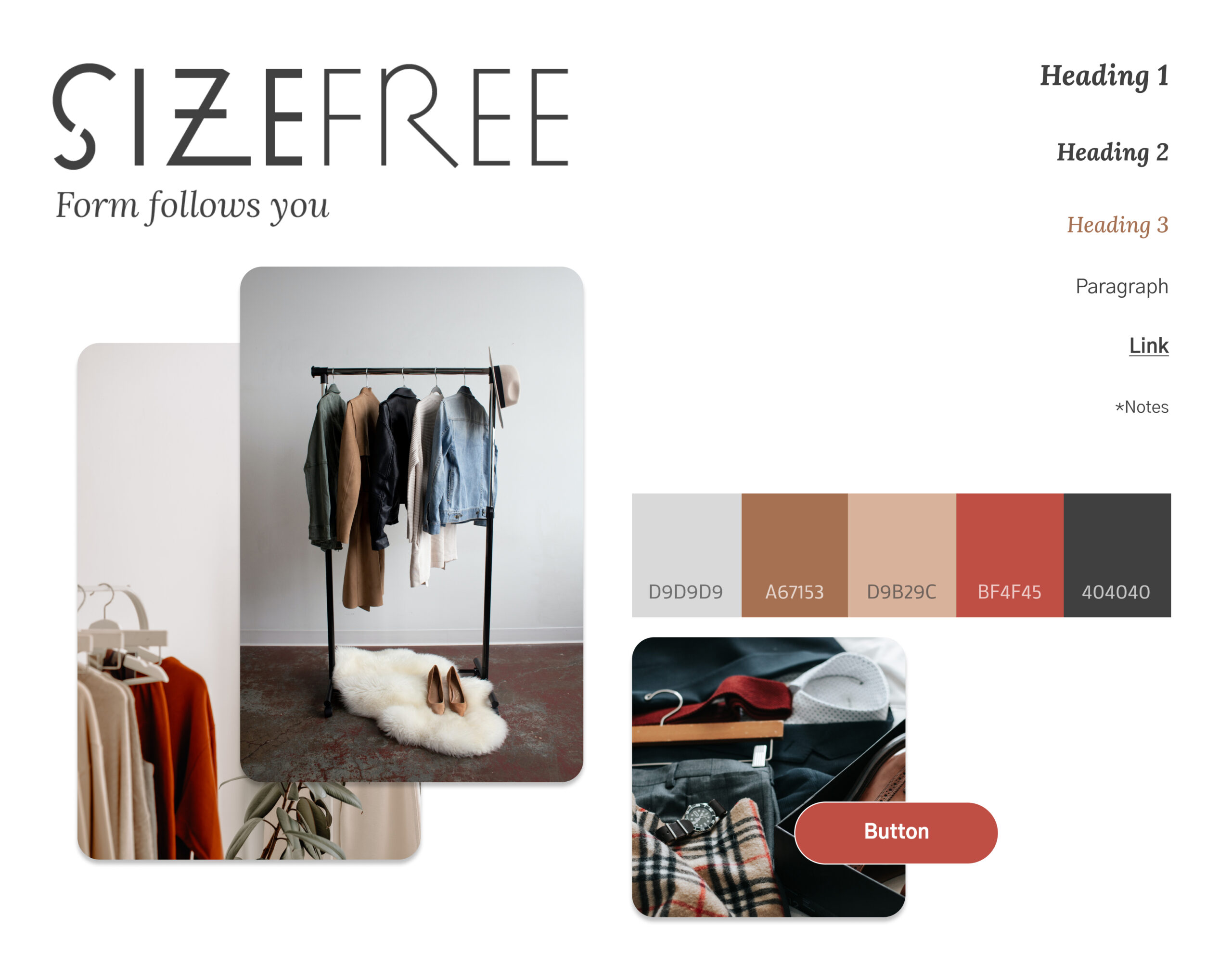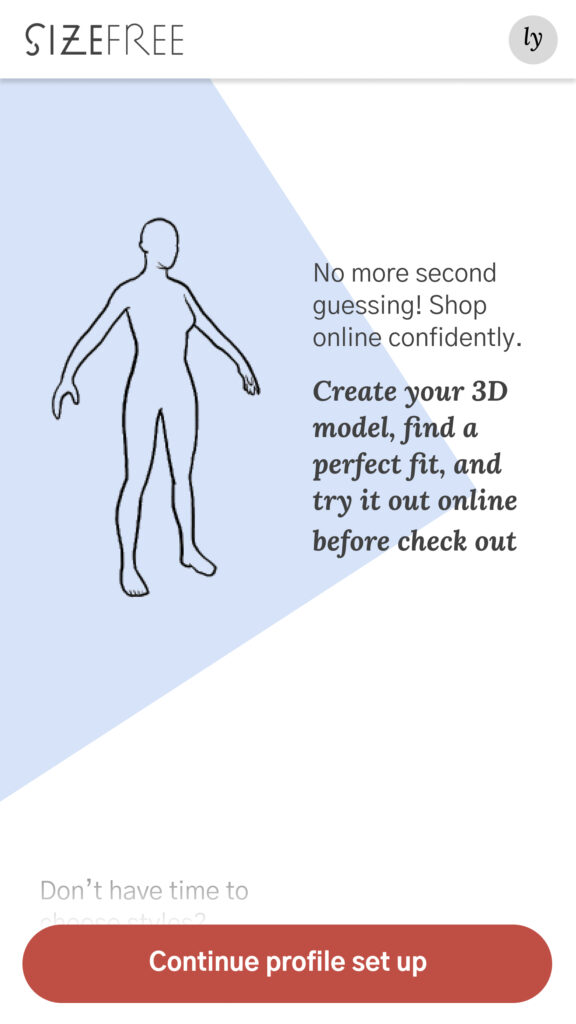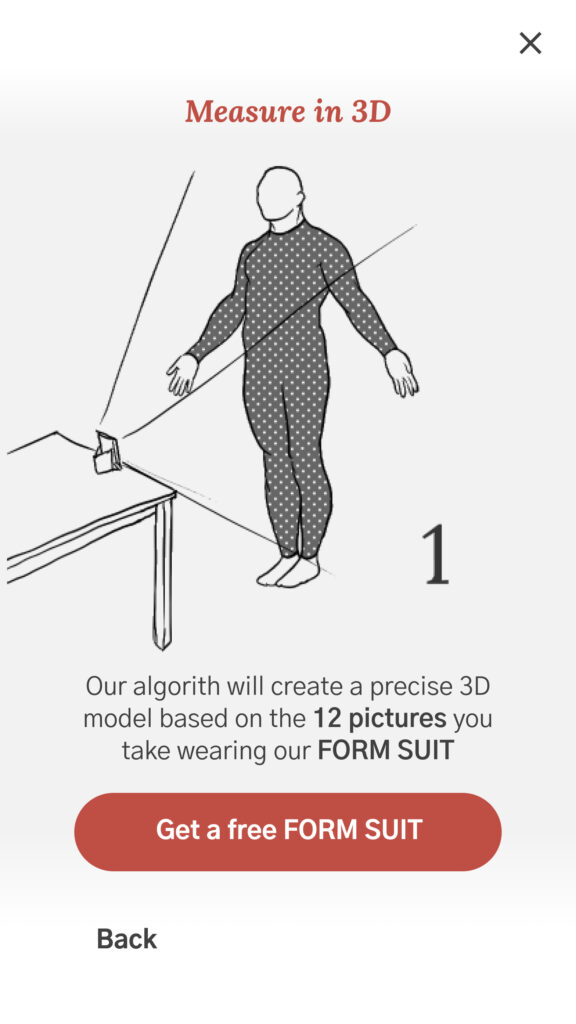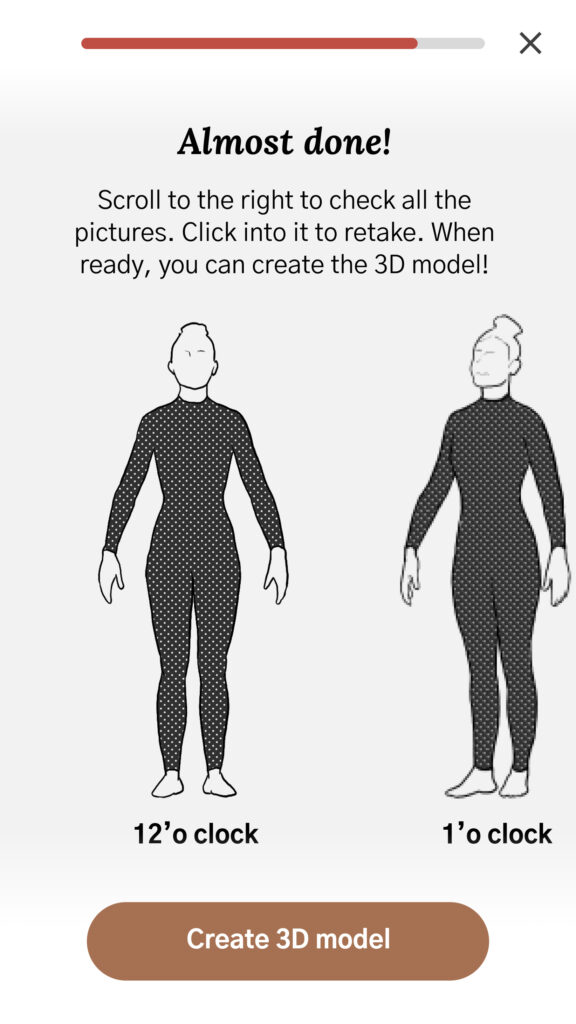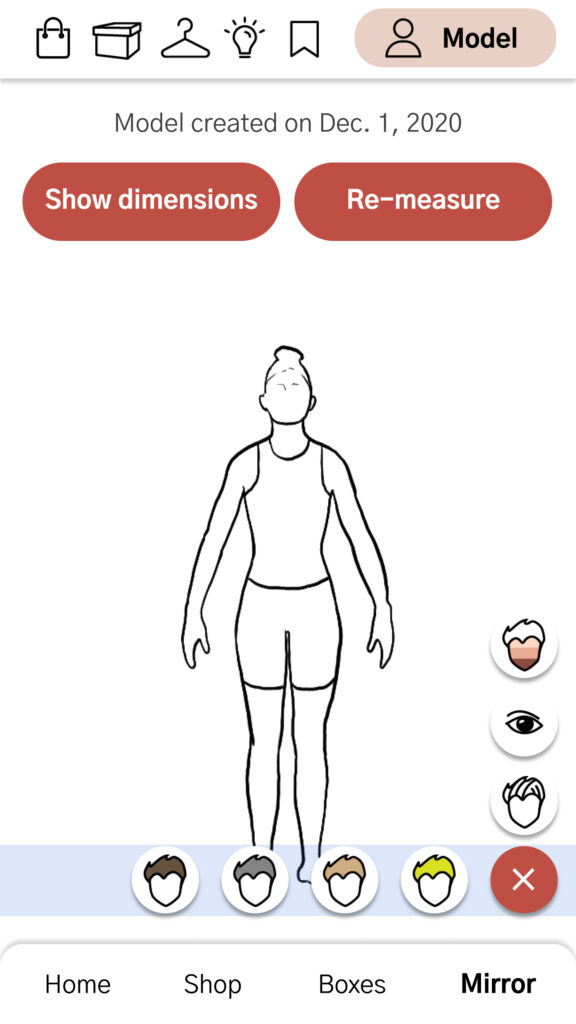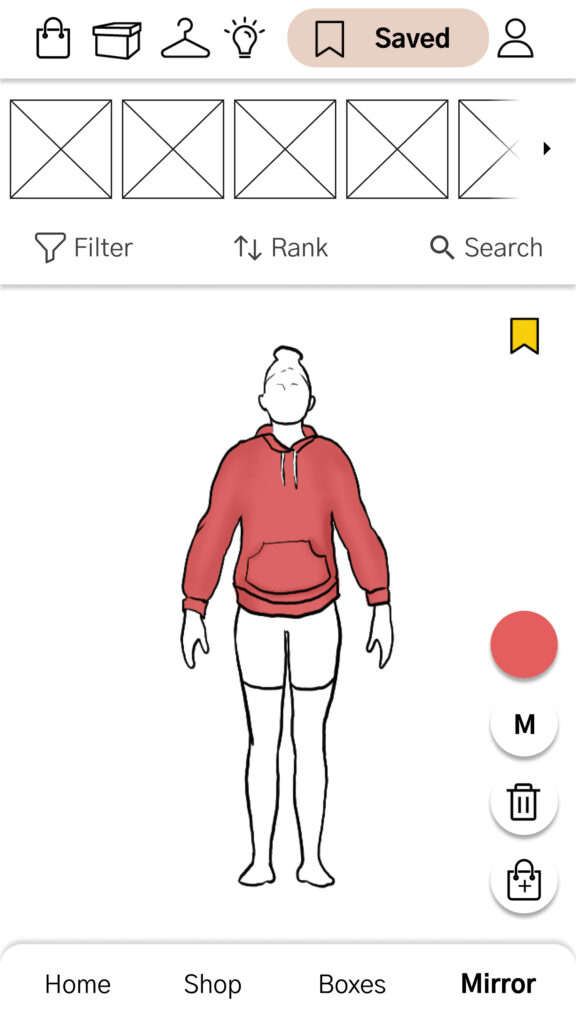Practiced roles
- Product design
- Interaction design
- Visual design
- UX research
Intended audience
- People who may have difficulty finding clothes that fit well
- People who may prefer to shop for clothes virtually
Background & Process
- Secondary research: existing articles and surveys
- User interviews: hear their needs and goals
- Heuristic evaluation: first hand experience
- Competitive analysis: strength and weaknesses of solutions
- User flow: diagram displaying the new user path
- Wireframes: simple mock-ups of the design and functionality
- Prototype: working flows with more details and a cohesive style
Empathize & Define
”"40% of American women are over 5’ 7” or under 5’ 3” in height, whereas clothes are made for the average height of 5’ 5”."
”"50% of American women do not conform to the hour-glass shape that size-charts show."
”"Popular fashion stores do not carry sizes above a 38’ waist. The average American male's waist measured 40’ in 2014."
6
5
1
”"Even when I get customized clothes from a tailor by doing all the measurements, what I received in the first round often don’t fit because they make assumptions about how my body should look like between those measurements."
”My left side and right side are not symmetric.
”"The men’s section is always hidden in the back corner with very limited selections."
- Difficult to judge the size, style, color and cut online
- It’s frustrating the sizing is inconsistent cross brands
- It costs more time and money to find clothes for the “non-default” body shapes
- Like online more comparing to in-store shopping if the return is free
- Want personalized outfit recommendations
- Some users worry about being judged when being measured in a store
- Stylist picked home try-on boxes
- The surprise element
- Free return or exchange
- Stylists’ pick do not always meet customers’ expectations
- Fit/cut issues due the limited measurements, not the full body
- Can’t judge how clothes look on me until the box arrives
- Increased cost/time due to frequent returns
- Wear clothes that fit* well, look good and make me feel confident.
- Spend less time and money in returning, altering, and wasting unfitted or disliked clothes.
- Feel valued as a customer regardless of my identities.
*In this project, the word “Fit” is used to indicate the size and cut of the clothes, not the style.
How could we make the clothes shopping experience more inclusive?
Ideate
Question: Can we measure the body shape more precisely in 3D?
- Octopus neural network: Reconstruct people in clothing from a single RGB camera
- Multi-Garment Net: Dress 3D People from Images
- ViBE: Dressing for Diverse Body Shapes
Wireframe
Working Prototype
Retrospective
- This was a fun and challenging project. I enjoyed the design thinking process and spent quite some time problem solving and challenging myself to find solutions.
- The problem I was trying to solve is a problem I experience quite a lot personally. But I still learned more things I wasn’t aware of originally by interviewing other users.
